Cost of Inaction: Don’t Let Your Employees be Covid Casualties
By Ripa Rashid and Laura Sherbin, Culture@Work
As evryone at your company frantically tries to cut costs and figure out how to survive in this new reality, it may appear that people-related initiatives such as leadership development, engagement surveys and Diversity & Inclusion programs are “soft” extras not critical to the bottom line and easily expendable.
The exact opposite is true—as we learned during the 2007-2009 financial disaster, your talent strategy in a period of crisis is paramount to your business strategy. Maximizing the skills and energy of your workforce means understanding how your employees are coping with situations at work and at home that they’ve never experienced before, and clearly communicating with them. Your business depends on keeping your workers engaged, which means they are focused, innovative, nimble and productive. That requires a culture that values its diverse employees, who are most at risk to leave during times of great stress, and creates an inclusive environment for everyone.
Lessons Learned
During the 2007-2009 economic turbulence, where long-established financial institutions were collapsing, employee trust levels in the financial services sector fell from 79 percent in June 2007 to 22 percent in December 2008. This was largely attributed to poor communication about what was going on, leading people to often jump to worst-case scenarios.
If your employees can’t trust you to tell them the truth about what’s going on right now—including the financial stress the organization is under and how that might impact them—they will become disengaged. Pre-Corona virus research by Gallup found that about 17 percent of any organization’s workforce is actively disengaged, defined as “unhappy and unproductive at work and liable to spread negativity to co-workers.” An actively disengaged employee costs the organization $3,400 for every $10,000 of salary (34 percent).
In the current climate of deep uncertainty, more employees are at risk of active disengagement. D&I is one of the most critical ways to keep them engaged and on board. If the talent you need in these tough times leaves, the costs will be astronomical. The average cost of turnover in normal times is about 1.5-2 times the employee’s salary, including, hiring, on-ramping, loss of engagement of co-workers and higher business errors. If you factor in your most valued and needed employees heading out at this critical time, the cost is significantly greater, especially at a time when innovative solutions are vital.
Companies that incorporate D&I best practices, such as developing strong mentoring and sponsorship relationships, active use of employee-resource groups, and leadership accountability for D&I results, see 27 percent higher profitability and 22 percent less turnover, according to research by McKinsey. A Forbes Insights study showed that maintaining a diverse workforce is crucial for attracting top talent. And research from Great Places to Work found that companies that keep D&I in the forefront during a recession fared better than those who put it on the back burner.
Maximize Your D&I Budget and Cut Costs
Knowing how vital D&I is to your employees’ engagement and your company’s future, you can make the case to keep it a priority at your organization and stress how it is even more crucial to business results right now. You also can suggest ways to keep D&I at the forefront while cutting costs. Some examples:
- Be on top of talent analytics. Ensure your underrepresented groups are not the first out, either voluntarily or involuntarily. Attrition rates for diverse talent exceed those for majority talent at the best of times; in a period of crisis and lack of predictability, companies would do well to ensure retention of top diverse talent remains an area of focus. Use your D&I analytics and benchmarking data to assess where you have gaps and whether layoffs or restructuring will exacerbate those deficiencies or can be used as a means to bolster diversity where needed.
- Beware of bias creeping into talent decisions and workplace practices. Understanding the biases that exist in your workplace in the current situation is essential so you can address them. Recent instances of bias toward Asian Americans, working parents and people who test positive for the virus have surfaced. There are quick and easy ways to anonymously poll your employees and find out what they are thinking and what issues are coming to the front. As business decisions come under pressure, make sure your diverse talent isn’t being sidelined in terms of promotions, stretch assignments and teams generating essential ideas.
- Master the virtual. There also are many virtual and cost-effective means of addressing bias through D&I training and on-line resources that are essential at this time. Reduce your budget for diversity conferences and events by attending virtual events and planning for some future events that can be either virtual or live, so you can maximize employee exposure to D&I best practices and training. Equipping managers with skills and tools to lead inclusively in the virtual domain is another area dimension of the new virtual reality in which we find ourselves.
- Keep your talent involved and motivated. Involve your employee-resource groups in helping devise innovative solutions for these times, especially ways to reach employees and diverse clients and customers. Maximizing cost-effective virtual opportunities to build ERG leadership will build your organization’s leadership bench. With your ERG members—and all your employees—it’s essential to understand what are the drivers of engagement in the current environment. Listen to your talent at this critical time. Consider using innovative mechanisms that preserve anonymity (https://www.cultureatwork.com/solutions/#EVS) to surface what’s really on their minds, what’s working and what’s not for your top talent. In our experience, there is no better way to ensure commitment and contribution than to proactively engage with your employees in meaningful ways.
